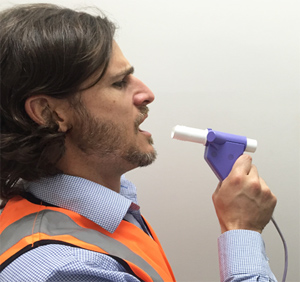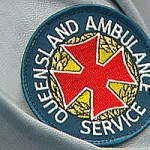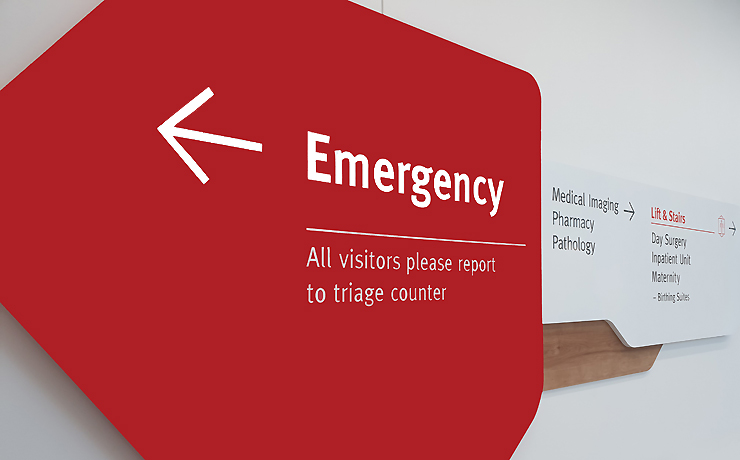
May 17, 2017
The State Government has promised that Queensland’s 30,000 coal miners will have “world-class” lung function tests by the end of the year.
Mines Minister Dr Anthony Lynham said there would be new accreditation standards for facilities and training standards for people conducting the compulsory tests.
“The new standards will ensure quality tests, so if a coal mine worker has lung function issues, those signs will be picked up immediately,” Dr Lynham said.
“Early identification of black lung, or any other lung disease, is critical.
“Bringing spirometry tests up to world-class standard is another measure, on top of our compulsory chest x-ray reforms, to protect the health of our coal mine workers.”
Lung function, or spirometry, tests are compulsory for all Queensland coal miners.
The Thoracic Society of Australia and New Zealand will develop the new standards which will come into effect by the end of 2017.
The standards will set out requirements for medical practices conducting the tests, including training for staff members, spirometry testing and interpretation, spirometry equipment, and quality control.
Dr Lynham said an independent body would be appointed to check standards and accredit medical practices conducting the tests.
The changes flow from the independent Monash University review into the Coal Mine Workers’ Health Scheme.
As an immediate response to the review, practices must meet the requirements set out in the Queensland Health guidelines, however, the review recommended additional training for individuals conducting the tests, the use of accredited facilities, and on-going quality assurance.
Coal miners’ compulsory chest X-rays have been assessed at least twice since July, first by an Australian radiologist and then by US-based experts.
By the end of this year, both checks will be done by qualified B-reader Australian radiologists (ie. trained to International Labor Organisation standards).
“These important reforms will work in tandem with the dual-reading of coal mine workers’ chest x-rays to ensure lung health issues are identified early,” Dr Lynham said.
Other reforms in place from the Monash review include:
- Coal companies providing dust monitoring data to the Mines Inspectorate every three months for publishing online
- Black lung becoming a notifiable disease, meaning mining companies must report known cases to the Queensland Mines Inspectorate
- Coal mine workers permanently retiring from the industry being able to ask their employer for a retirement examination, including respiratory function and chest x-ray
- Chest x-rays examined according to International Labour Organisation guidelines
Since May 2015, 21 Queensland miners have been diagnosed with coal workers’ pneumoconiosis (“black lung”), which is caused by long-term exposure to coal dust.























